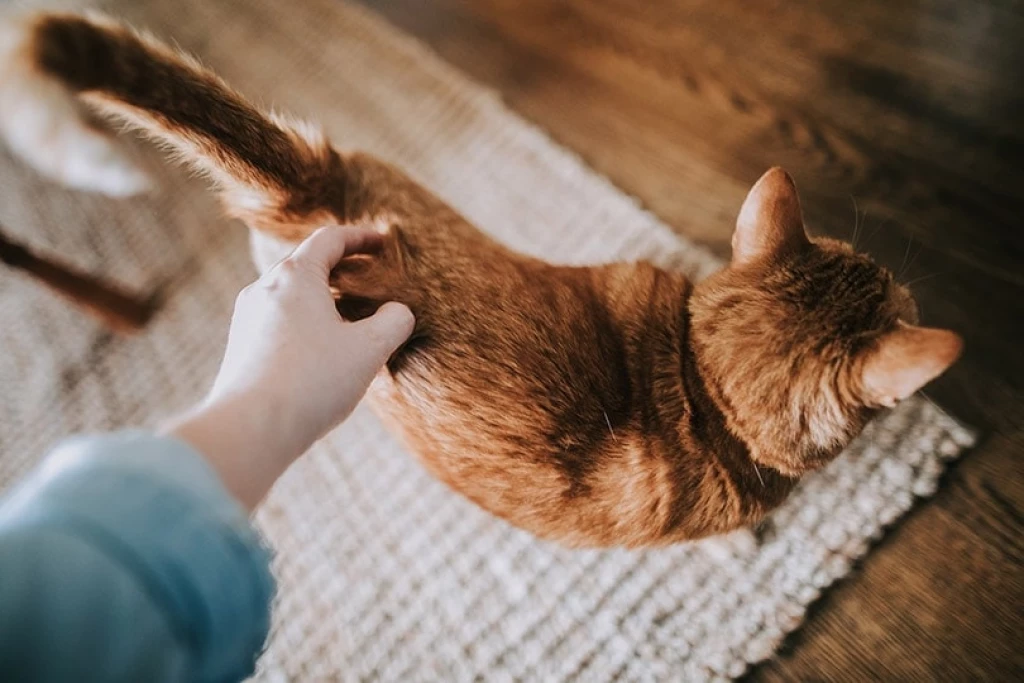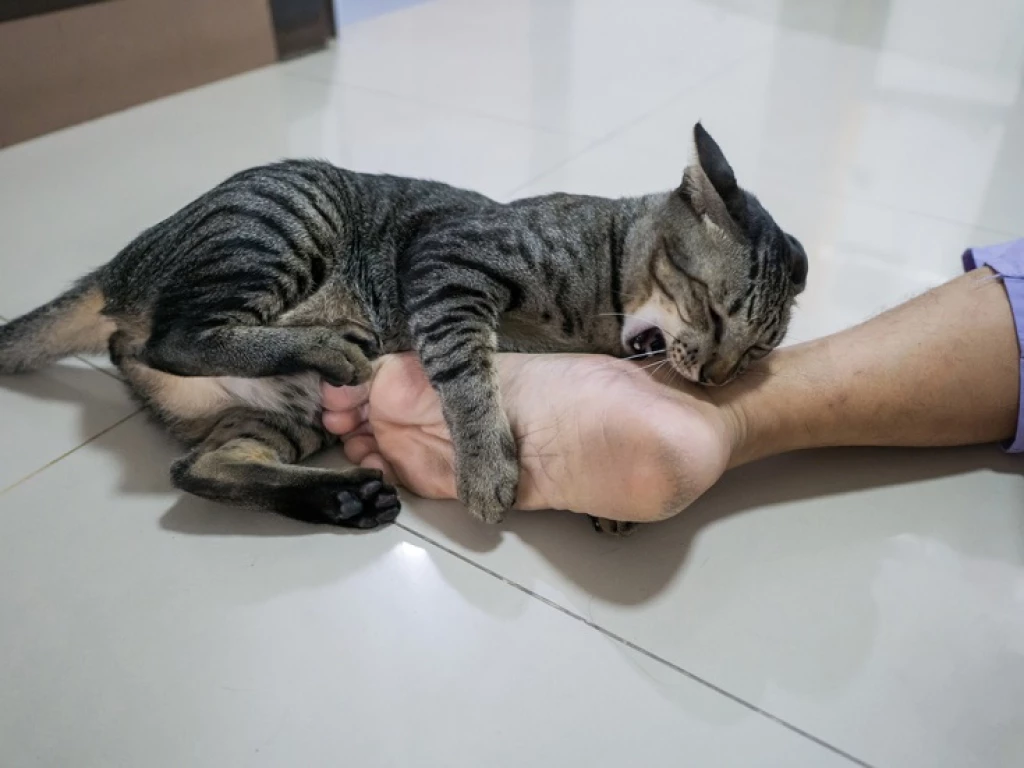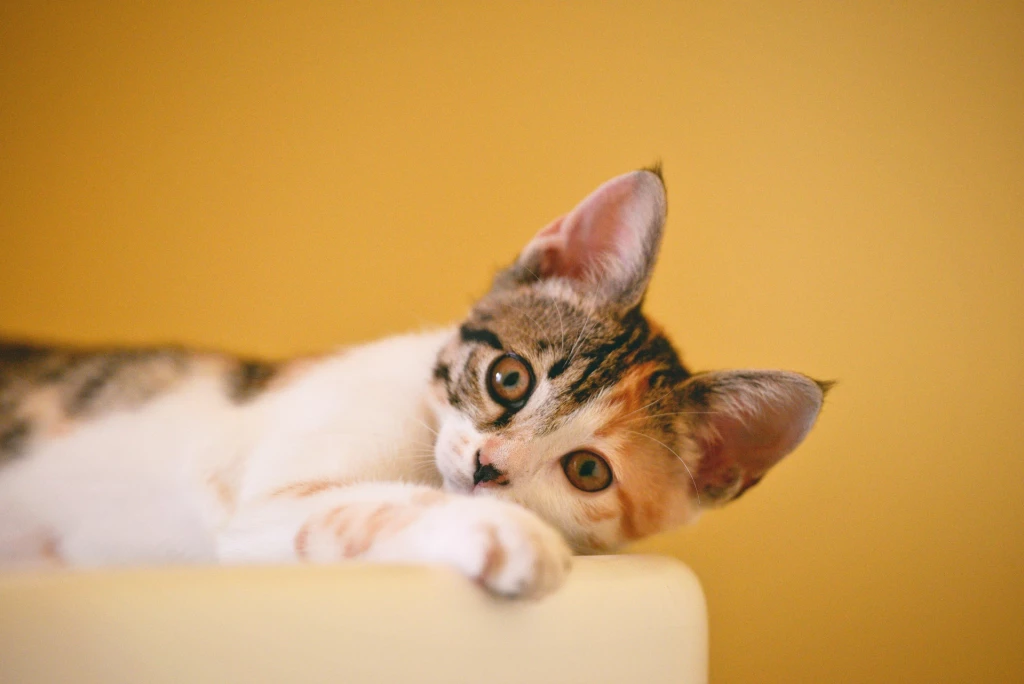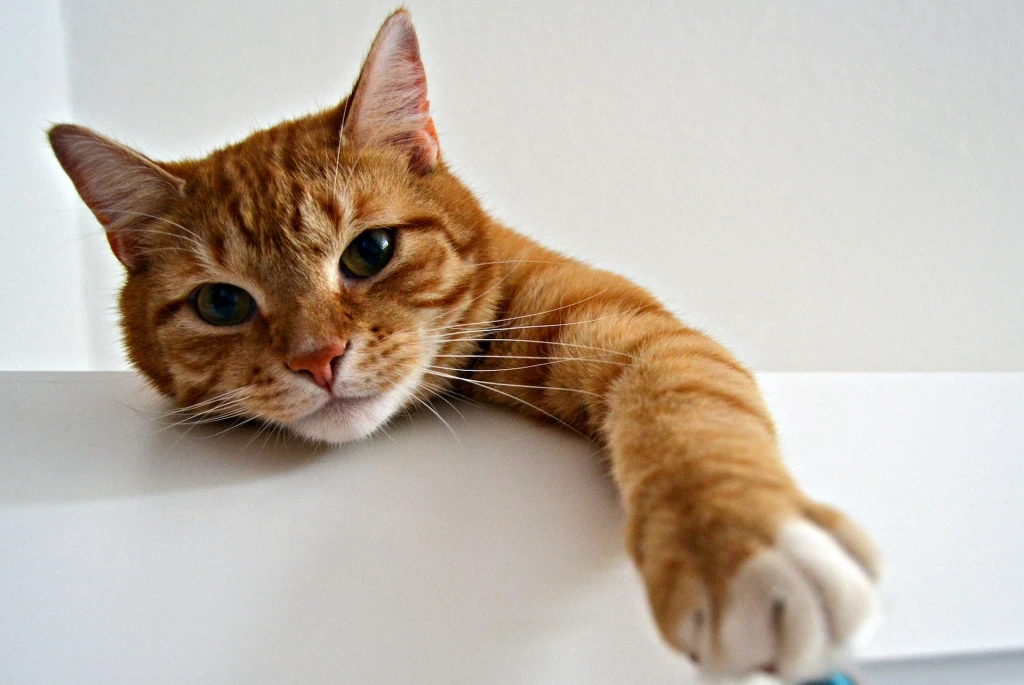If you have a cat, you may have noticed that they sometimes enjoy getting a pat on their butt. You may have wondered why they do this, and what it means for them. Is it a sign of affection, a way of communication, or something else? In this blog post, we will explore the reasons why cats like butt pats, and how you can make your feline friend happy with this simple gesture. We will also debunk some common myths and misconceptions about this behavior, and give you some tips on how to do it right. So, if you are curious about why cats like butt pats, read on and find out!
Why Do Cats Like Butt Pats?
Nerve endings in their tails
One of the reasons why cats like butt pats is because they have a lot of nerve endings in their tails. These nerve endings are connected to their spinal cord and brain, and they send signals of pleasure and pain to their nervous system. When you pat your cat on their butt, you are stimulating these nerve endings and making them feel good. This can also trigger the release of endorphins, which are natural chemicals that make your cat feel happy and relaxed. Endorphins can also help your cat cope with stress, anxiety, and pain. So, by giving your cat a butt pat, you are not only showing them affection, but also helping them improve their mood and well-being.
Social interaction and bonding
Another reason why cats like butt pats is because they are social animals, and they use butt pats as a way of expressing affection and trust. Cats have a complex system of communication that involves body language, vocalizations, and scent. When cats meet each other, they often sniff and rub their faces and bodies together, to exchange pheromones and identify each other. Pheromones are chemical signals that convey information about a cat's mood, health, and reproductive status. By sniffing and rubbing, cats can also create a shared scent that marks them as part of the same group or family. When your cat presents their rear end to you for a butt pat, they are essentially treating you like another cat that they like and trust. They are inviting you to sniff and rub their butt, to share their scent and bond with them. This is a sign of respect and friendship from your cat, and you should take it as a compliment. According to , "Cats also like butt pats because the area around their hips and butt has a bunch of nerve endings that usually don’t receive enough stimulation. And scratching or gently patting that area makes most cats feel good, but the nerve endings can also get overstimulated from too many butt pats."
Itching relief
Sometimes, cats like butt pats because they have itches or discomforts in areas that they can’t reach easily, such as their butt and hips. Cats are very clean animals, and they groom themselves regularly to keep their fur and skin healthy. However, there are some spots that are hard for them to lick or scratch, especially if they are overweight, elderly, or have arthritis. These spots can become irritated, inflamed, or infected, and cause your cat a lot of distress. When you pat your cat on their butt, you are helping them relieve those itches and make them more comfortable. You are also preventing them from over-grooming or biting themselves, which can lead to more problems. According to , "When cats come to their owners for scritches, pets, and pats, one of the most common reasons is that it’s easier for us to reach certain parts of them than for them. Often, cats will prefer their owners’ pat areas they can’t groom very quickly on their own. That includes the area around their butt and hips. So, by patting their butt, you’re likely helping your cat relieve itches and other discomforts they don’t want to reach on their own."
Kitten memories
Another reason why cats like butt pats is because they may associate them with their early experiences as kittens, when their mother would lick and groom them in that area. Cats learn a lot from their mother and siblings, and they develop their preferences and habits based on what they experience as kittens. When their mother would lick and groom their butt and hips, she was not only keeping them clean and healthy, but also showing them love and care. She was also teaching them how to groom themselves and each other, which is an important social skill for cats. When you pat your cat on their butt, you are reminding them of those happy memories, and making them feel safe and loved. You are also reinforcing your bond with them, and showing them that you are part of their family. According to , "Butt Pats Remind Your Cat Of Being A Kitten One thing a lot of people don’t consider when thinking about the kinds of petting and scratching your cat enjoys is what your cat would have experienced as a kitten. But those formative experiences when your cat was young are significant for what they like and enjoy as adults."
Signs Of Discomfort
While some cats may enjoy being patted on the butt, others may find it uncomfortable or even painful. As a responsible cat owner, it's important to know the signs of discomfort and to respect your cat's boundaries.
Some signs that a cat may not be enjoying being patted on the butt include:
- Flattened ears
- Twitching or flicking tail
- Attempts to move away or avoid contact
- Dilated pupils
- Hissing, growling, or other vocalizations
If you notice any of these signs, it's important to stop patting your cat and give them space. Continuing to pet a cat when they are showing signs of discomfort can lead to fear or aggression, and can damage your relationship with your cat.
It's also important to note that some cats simply don't enjoy physical affection at all. If your cat consistently shows signs of discomfort when being petted, it may be best to find other ways to bond with them, such as playing or offering treats. Remember, every cat is unique, and it's important to respect their individual preferences and boundaries.
Alternatives To Butt Pats
If you've noticed that your cat doesn't enjoy being patted on the butt, or if you simply want to offer them a variety of affectionate gestures, there are plenty of alternative ways to bond with your feline friend. Here are a few ideas:
- Chin rubs: Many cats love having their chin and cheeks rubbed, as this can stimulate their scent glands and provide a soothing massage.
- Head scratches: A gentle scratch behind the ears or on top of the head can be a relaxing and enjoyable experience for many cats.
- Belly rubs: While not all cats enjoy belly rubs, some do! If your cat is comfortable lying on their back, you can try rubbing their belly gently.
- Playtime: Cats are natural hunters and enjoy chasing and pouncing on toys. Spending time playing with your cat can be a great way to bond and provide mental and physical stimulation.
- Treats: Offering your cat a special treat can be a way to show affection and provide positive reinforcement for good behavior.
Remember, every cat is unique, so it may take some trial and error to find out what forms of affection your cat enjoys the most. Pay attention to their body language and responses to different types of attention, and always respect their boundaries. With patience and love, you and your cat can build a strong and happy bond.
Conclusion
In this blog post, we have explored the reasons why cats like butt pats, and how you can make your feline friend happy with this simple gesture. We have learned that butt pats can stimulate their nerve endings, enhance their social interaction and bonding, relieve their itching and discomforts, and remind them of their kitten memories. We have also debunked some common myths and misconceptions about this behavior, and given you some tips on how to do it right. So, next time your cat presents their rear end to you for a butt pat, don't be offended or confused. Instead, take it as a sign of trust and affection, and give them a gentle pat on their posterior. They will appreciate it, and you will strengthen your bond with them. Thank you for reading this blog post, and we hope you enjoyed it.






